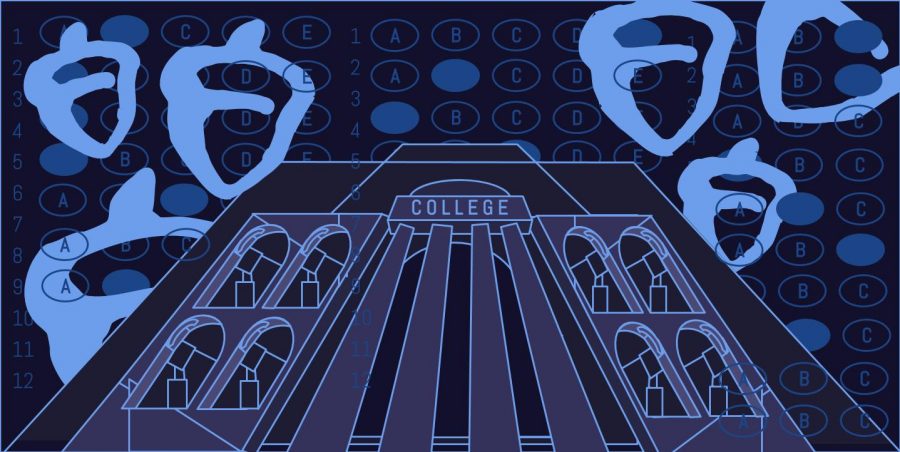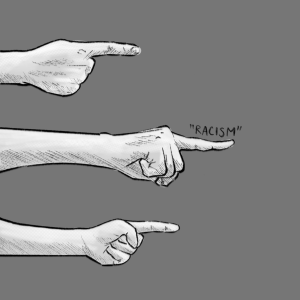How the College Board Furthers Inequity in the College Process
The College Board makes $1.3 billion in revenue per year.
December 3, 2019
Any CRLS senior looking for further education after high school will inevitably cross paths with the College Board. The company’s mission statement is to “connect students to college success,” but which students? For the millions of those who take AP exams and the infamous SAT, the answer comes at a heavy price. As the United States lags further and further behind in every educational subject internationally, it is clear that allowing a single corporation to structure how America’s youth are prepared for the future is completely irresponsible. While we can’t blame the root of this problem on the College Board entirely, we can certainly blame them for perpetuating a system that is clearly flawed.
The College Board creates a competitive atmosphere in which they are the only beneficiaries.
While some students at CRLS have access to financial aid to help with the overwhelming costs of testing, the process is purposefully designed to be more expensive than is necessary. Combining AP tests, the SATs, and even some SAT Subject Tests, the mounting costs of college applications can be a burden that limits families financially, something that the process by design should avoid. Take, for example, the SAT: a large factor in any student’s application is their SAT score— an exam curved purely on subjective factors. The SAT does not test for what one learned in high school but rather tests for how well one can memorize the format of the exam and know all of the shortcuts. Materials designed to bait students and nervous parents into spending more time and money than many students don’t have the luxury to spend include practice tests and even test-prep tutors. By setting arbitrary standards for what qualifies a student for college, the College Board creates a competitive atmosphere from which they are the only beneficiaries. This makes the SAT a test that wealthier people do well on, which becomes increasingly important in a society that values a college education so much.
Through lobbying in state legislation, the College Board further ingrains itself in the classroom, pushing funding and using incentives such as free training and textbooks to force schools to add AP courses. Those who do not comply are threatened with the possibility of being seen as less challenging or competitive schools. The College Board also wins the favor of school administrations by offering AP courses to underfunded schools, a deceptively good-looking deed. Though the College Board spent more than 75 million in fee waivers, the action is still driven by profit. Giving up millions might seem like a benevolent deed, but considering the egregious $94 cost in the first place, the massive hundred million dollar profits the corporation rakes in annually are barely offset by charity.
Having a near-total monopoly over America’s gates to higher education, the College Board is, at its core, a business, or so-called “non-profit,” that takes in a near $1.3 billion in revenue per year. No other country in the world has an educational path quite like ours, one that is based so entirely on money, upbringing, and language. The college process for many in America has become toxic—a constant arms race that ingrains a belief, and a certain reality, that college prestige determines future success. In a study done by Gallup and Purdue University in 2014, the type of college that students attended affected their sense of well-being after graduation more than their experience at whichever institution. College Board CEO David Coleman, a professional scumbag, has done nothing but feed and grow this phenomenon. The current system does very little to invest in young Americans but does everything to make sure that the education system continues to earn money, and until those subjected to the College Board’s system become discontent with the current process itself, it will only grow worse.
This piece also appears in our November 2019 print edition.










